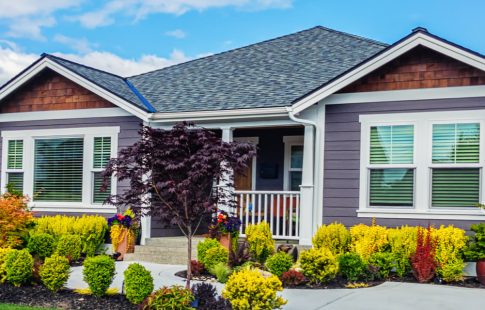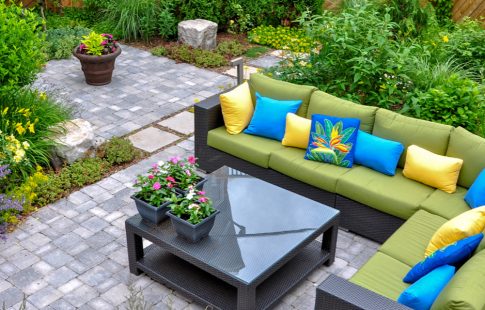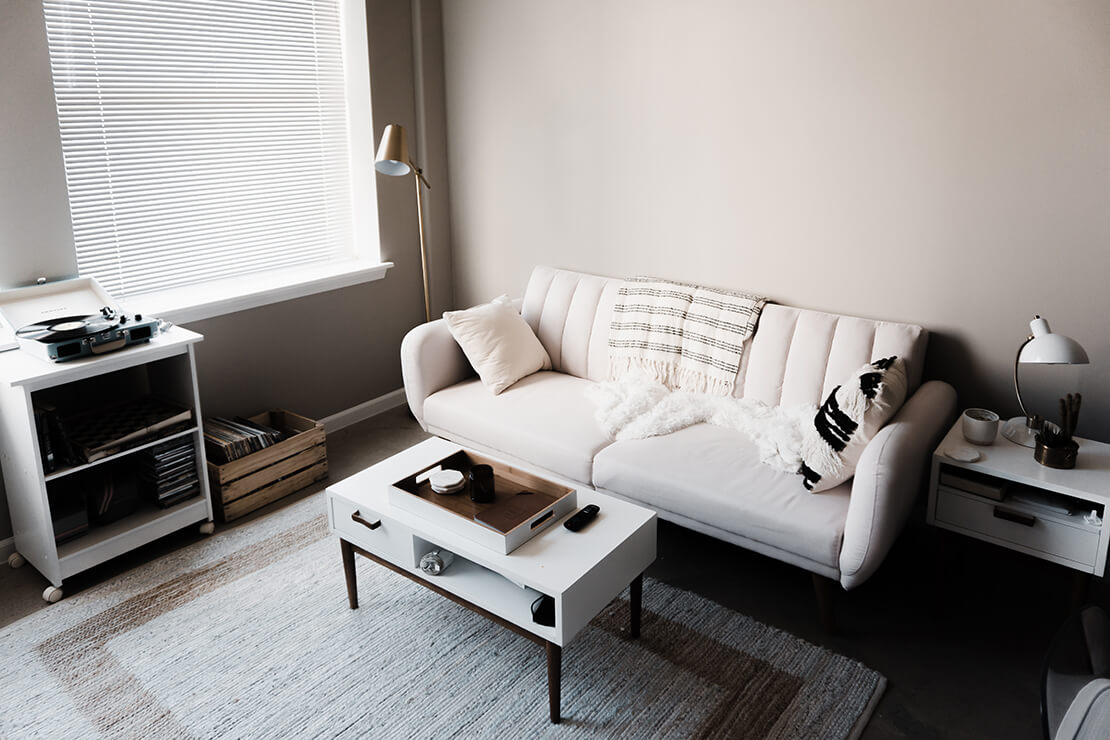You want your house to look its best when you’re attempting to sell, and you want potential home buyers to see its full potential. When it comes to home staging, there are a few things to keep in mind. Here are 12 of our favorite home staging and improvement tips for selling your home.
12. Find Inspiration
There’s no need to hire an interior designer when all you have to do is bookmark some ideas that inspire you! Pinterest is great for home décor inspiration and organization tips alike. Keep it simple when decorating for potential buyers; you want to appeal to a broad range of tastes.
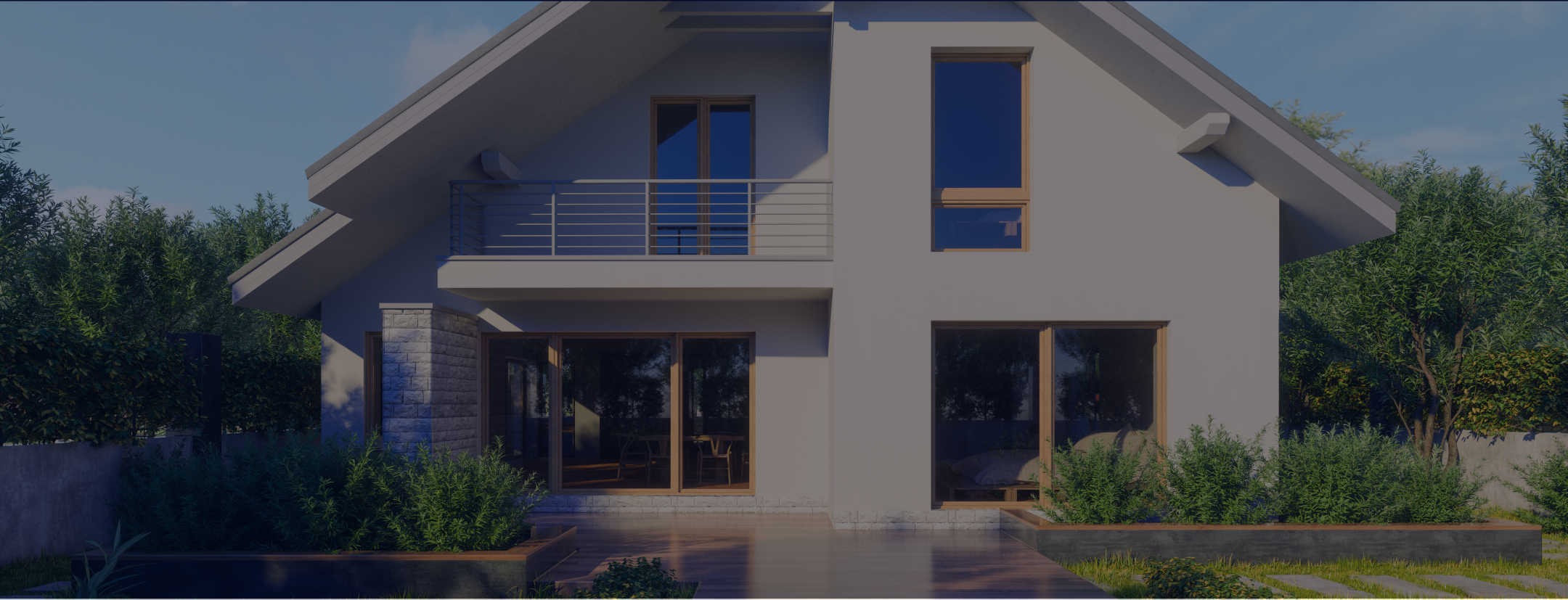
Save Up to $10,000 & Get an A-List Agent
Save and simplify when you buy, sell, or both with Mr. Cooper Real Estate Services.1
11. Deep Clean
An easy way to make your house look even better than it already does is to give it a deep clean. Think about tasks you don’t routinely do — scrubbing base boards, tackling hard-to-reach areas, etc.
10. Focus Your Efforts
The two most important rooms in your home in terms of renovations are the kitchen and the bathroom. Update the backsplash in the kitchen or the tile in the bathroom to ditch a home’s dated look, or install new fixtures like faucets and overhead lighting. Don’t put too much money into aesthetics that a new homeowner might want to change, but make sure things look fresh and updated.
9. Paint
This one is simple: Give the rooms of your home a fresh coat of paint. It’ll make your space look clean and well kept, which could attract potential buyers. Neutral colors and tones generally appeal to most people, and painting is an affordable way to update a space.
8. Take Good Pictures
Before people come see your house in person, they will want to see pictures. You want photos to be clear and illustrative of the positive aspects of your space so that they entice homebuyers to visit in person. After a good deep cleaning, take some pictures that showcase your house in its best light. It could make or break a potential buyer’s decision to come see your house!
7. Make A Good First Impression
The curb appeal of your house is key; it’s the first thing potential buyers will see, and potentially the first thing to frame their judgments. It’s a good idea to keep a clean, manicured lawn, and add potted or planted flowers for a pop of color. Be sure to make small fixes like updating your mailbox or putting down a new doormat. Set the stage for a good showing from the outside in.
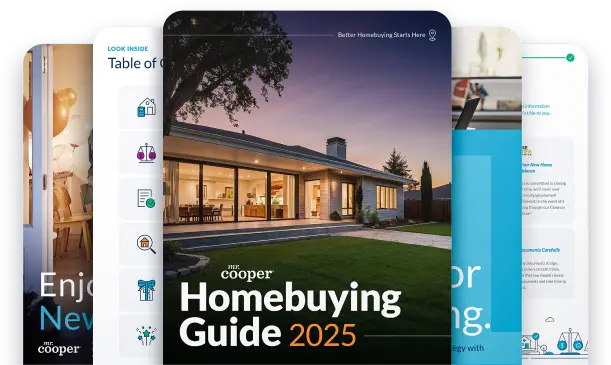
Explore Our 2025 Homebuying Guide
6. Replace Outdated Fixtures
Getting rid of old carpets and rugs can update your home’s overall look. It can also help increase the air quality of your home by removing possible allergens and contaminants. Tile, laminate, and wood floors are more environmentally friendly and often sturdier, too.
5. Keep Up With Maintenance & Repairs
You don’t want your home to seem neglected, so keep up with regular maintenance and repairs throughout the whole property. Small things can add up, and it’s better to address these problems so they don’t become more difficult to deal with.
4. Consider Energy Efficiency
Before you put your home on the market, make sure you’ve thought about energy efficiency. Using certified LED bulbs in your light fixtures could reduce annual energy costs and prevent greenhouse gas emissions, according to Energy Star. Do the planet, yourself, and the future homeowners a favor and try to reduce wasted energy where you can.
3. De-Clutter
Getting rid of clutter helps make your space look more inviting and maximizes sales appeal, allowing potential buyers to be able to imagine themselves living in your house. You want people to really see the potential of every room, which could be difficult for people to do if all they can see is your stuff.
2. Think About Details
Small things that might seem insignificant can be a deal breaker for someone else. Wash your windows, replace old light bulbs, and remove family pictures from the walls. We recommend bringing in a trusted third party to walk through your home with you and tell you things that they notice. You might be surprised as to what stands out.
1. Visually Increase Square Footage
You can make the rooms in your home look bigger by replacing heavy drapes with shutters or blinds that let more light in. Mirrors can also trick the eye into thinking a room is larger than it actually is. Shelving units or storage solutions could make it look like you have less clutter, which also makes a room look like it has more space. Square footage can seem much larger to the eye than it does on paper if you plan ahead.


